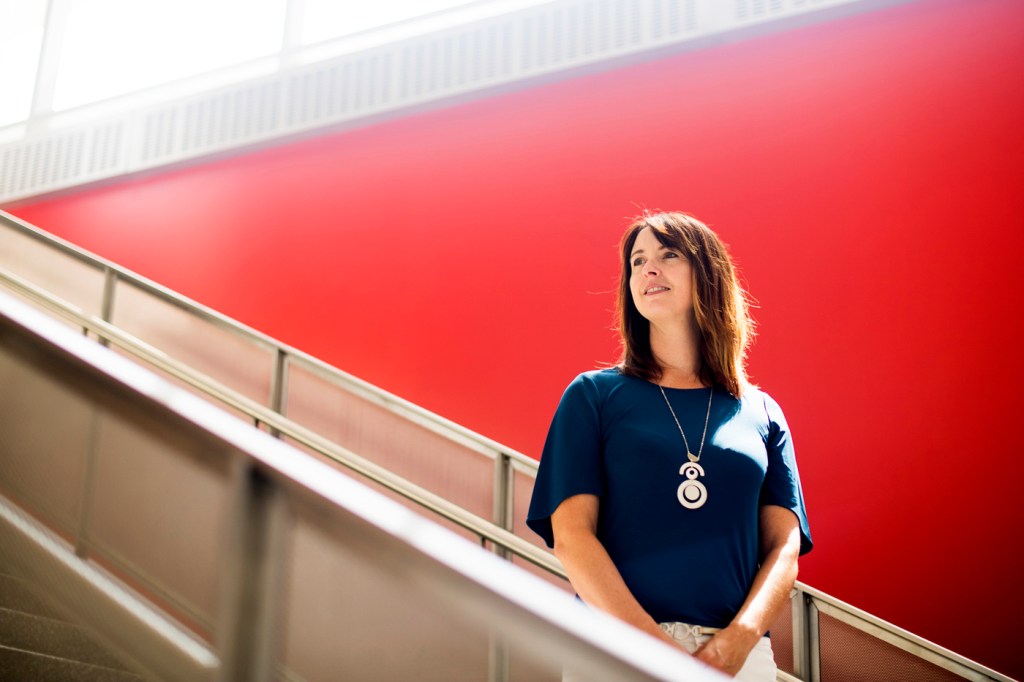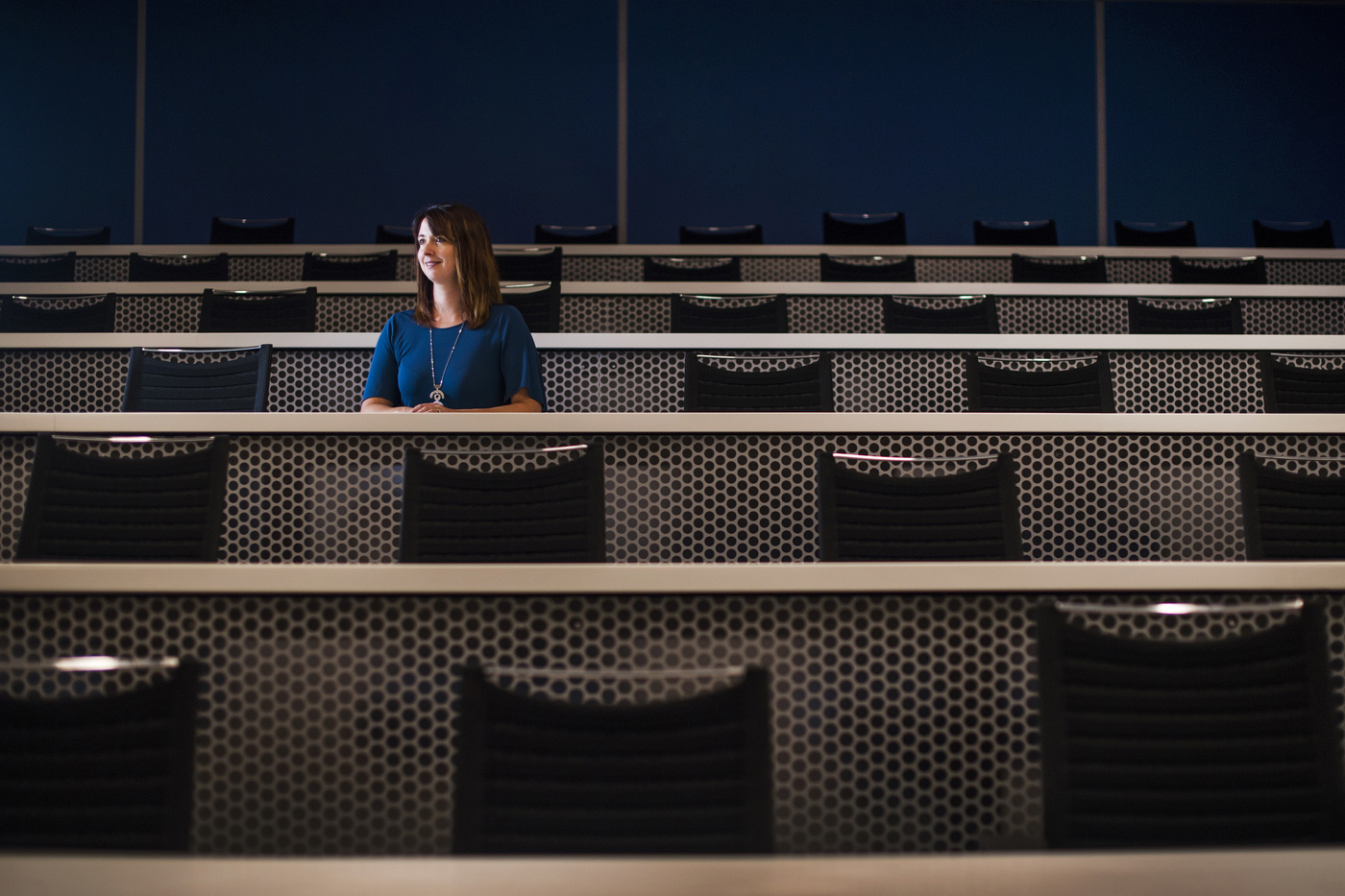Here’s what happens when you flip your classroom

When Leslie Day flipped her “Gross Anatomy” classroom in 2014, she was startled by what she found.
Flipping the classroom is a pedagogical approach that has generated increased interest among educators in recent years. Students study basic concepts and definitions of terms on their own time and come to class prepared to discuss and apply what they’ve learned. “Students get to guide the class,” said Day, “and that helps increase their engagement in the material and the motivation to want to learn the material.”
“I started to see a complete difference in the students in how engaged in class they were,” said Day, an associate clinical professor in Northeastern’s Bouvé College of Health Sciences. “Their grades went up, and I enjoyed teaching even more than before.”
Day’s success inspired her to analyze the efficacy of flipping a classroom. She compared the grades of students in two versions of her “Gross Anatomy” course and found that students enrolled in the flipped version earned higher grades than students in her traditional classroom. The average grade in the flipped classroom was a B+, while the average grade in the traditional classroom was a B. Students in her flipped classroom also performed better on demanding analytical questions on the final exam.
She said that lower performing students experienced the greatest increase in grades in her flipped classroom.
“One of the main findings of this study was the increased student performance in an upper-level gross anatomy course, with greater benefits to students who came into gross anatomy with lower GPAs,” she wrote in her paper, which was published earlier this year in the journal Anatomical Sciences Education.
I started to see a complete difference in the students in how engaged in class they were. Their grades went up, and I enjoyed teaching even more than before.
Leslie Day, an associate clinical professor who flipped her classroom
Day also studied how both groups of students performed in their subsequent kinesiology course, which directly applies what they learned in “Gross Anatomy.” She found that students in her flipped classroom earned slightly higher grades than the students in her traditional classroom. Once again, she found that the grades of students who entered her “Gross Anatomy” course with the lowest GPAs improved the most.
“There was a long-term retention effect of the flipped classroom,” said Day. “It’s all well and good if we can increase our students’ grades in our own course, but if our students can’t retain that knowledge and use it later, what’s the point?”
While past studies have analyzed the impact of the flipped classroom, Day said hers is among the first to examine variables such as students’ past achievement and the impact of a flipped classroom on long-term retention. Her study included both undergraduate and graduate students in Northeastern’s Doctor of Physical Therapy program.
Day said that future studies should explore why lower-performing students in flipped classrooms experience such a boost in their grades as well as how this teaching philosophy works in other disciplines, programs, and courses.
Day has modified the flipped classroom version of “Gross Anatomy” since first offering the course in 2014. She shortened the online instructional videos to under eight minutes and added more active learning activities such as a Jeopardy!-style game to keep things fresh.
“Every class has a different feel for it based on the content,” she said. “They’re always surprised as to what class is going to be, which, according to the students, keeps them on their toes and makes sure they’re always preparing before class.”

Day said flipping her classroom gave her more time to observe how students applied concepts and terms. This helped her better understand what material students found confusing. She also noticed that more students from her flipped classroom took advantage of her office hours than students in her traditional classroom.
Day said the work required to flip a classroom can be time-consuming. For teachers who are unsure about flipping an entire course, she recommended flipping a single lecture first.
Northeastern’s Center for Advancing Teaching and Learning Through Research and Academic Technology Services offer resources and guidance to help faculty members flip their classrooms.




